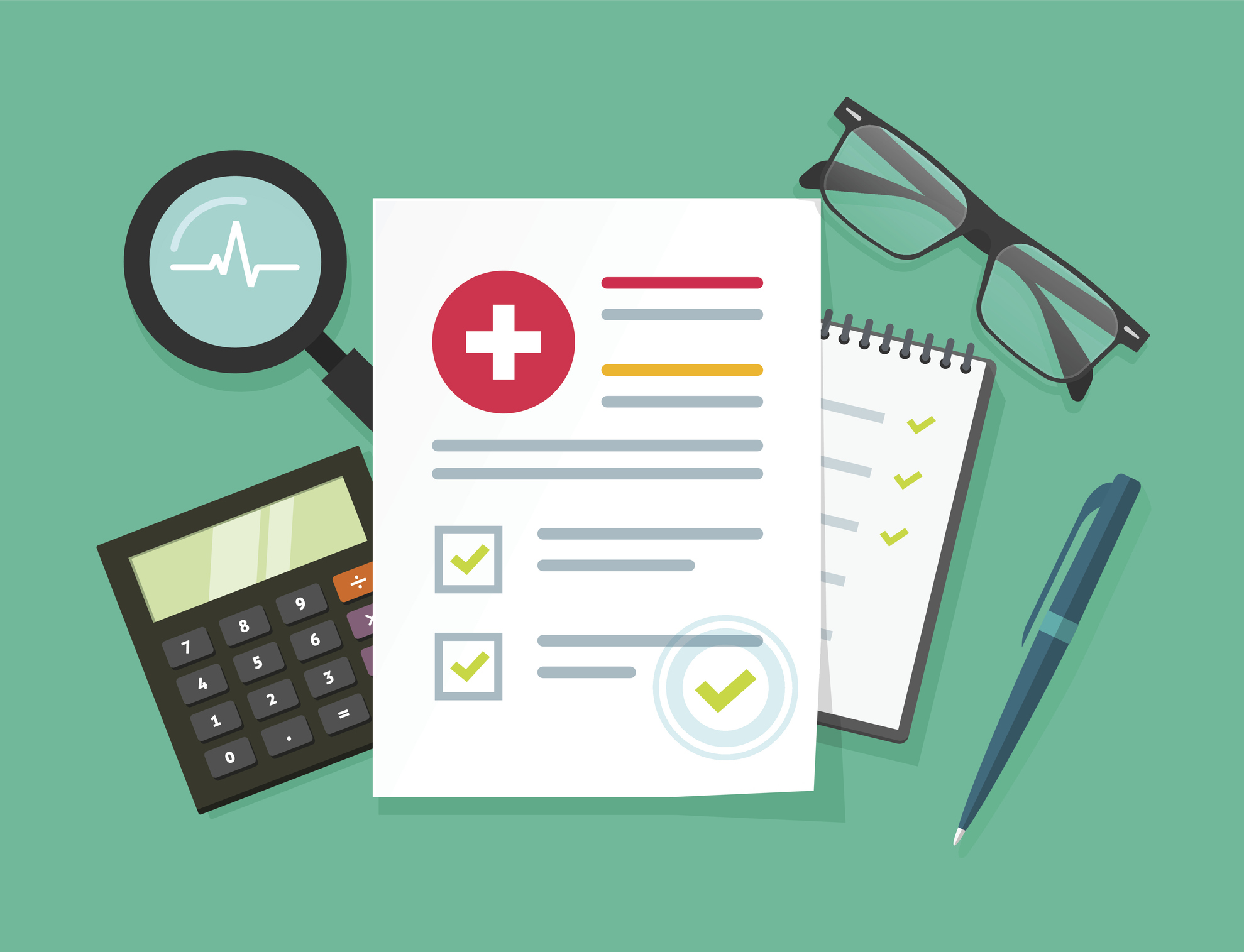Why Your Insurance Carrier’s Financial Strength Matters
Workers’ compensation claims have tendencies to either manifest long after the behavior that originally led to the loss or develop slowly over time to achieve catastrophic levels. See how the strength of your carrier’s financial rating can make a meaningful difference in the success of your long-term risk management program.
March 11, 2022

An organization shopping for an insurance carrier may consider several details when evaluating a carrier, like expertise, additional services and of course, premiums. But what about the financial rating? Provided as a score ranging from A++ through D, this grade measures the overall health of a carrier, ensuring that they can not only “talk the talk,” but “walk the walk.”
“Your carrier is selling a promise to pay claims in the future—a promise that extends well past the time that a premium is paid,” said John Csik, Chief Operating Officer and Chief Financial Officer at Safety National. “Choosing a carrier with a strong financial rating means they can be expected to live up to those obligations that are inherent in your policy and be able to fulfill them over the long term.”
Considering all options when choosing a carrier can feel overwhelming, but prioritizing financial strength can help narrow your criteria.
1. Why should organizations choose a carrier with a solid financial rating?
A carrier’s financial rating is critical in long-tail lines of business such as workers’ compensation due to the extended length of associated claims. Often these claims can extend for decades and have the potential to run for the entirety of an injured worker’s life. For instance, Safety National has open claims dating back to the 1950s. While no one expects these types of claims, they do happen. And a carrier with a poor financial rating may not be around long enough to be there when long-tail claims develop or to see them through.
2. How is a financial rating decided?
A.M. Best is the preeminent rating agency for insurance carriers, but Standard & Poor’s (S&P), Moody’s and others also provide this rating service. Their highly-detailed process involves a review of financial statements, long-term track records, senior management stability, innovation and enterprise risk management (ERM). ERM is evaluated closely, as it is designed to create a written framework around how a carrier will effectively manage its risks.
After these resources are collected, the rating agency utilizes a capital model that involves a series of formulas attempting to quantify the risks of an individual enterprise. The model is based on a carrier’s written premium and reserves by lines of business, types of assets held and many other factors. Long-tail lines, like workers’ compensation, have higher capital charges than short-tail lines, like homeowner’s or auto insurance. Based on a carrier’s risk profile, the model will determine how much capital should be set aside under the formula, which is then compared to their statutory surplus level. The higher the surplus compared to the necessary capital, the more likely a carrier is to manage risks appropriately.
3. How does a financial rating extend beyond just reputation?
For an organization to feel confident in its carrier’s ability to handle long-tail claims, there must be a sign of stability. Their carrier’s financial rating can provide that insight. While a higher financial rating does not necessarily drive rates, a broker should discuss its importance when a client is shopping on price alone. Additionally, a substantially high rating is critical in the reinsurance market, as many carriers will not engage with an enterprise below a specific grade.

























